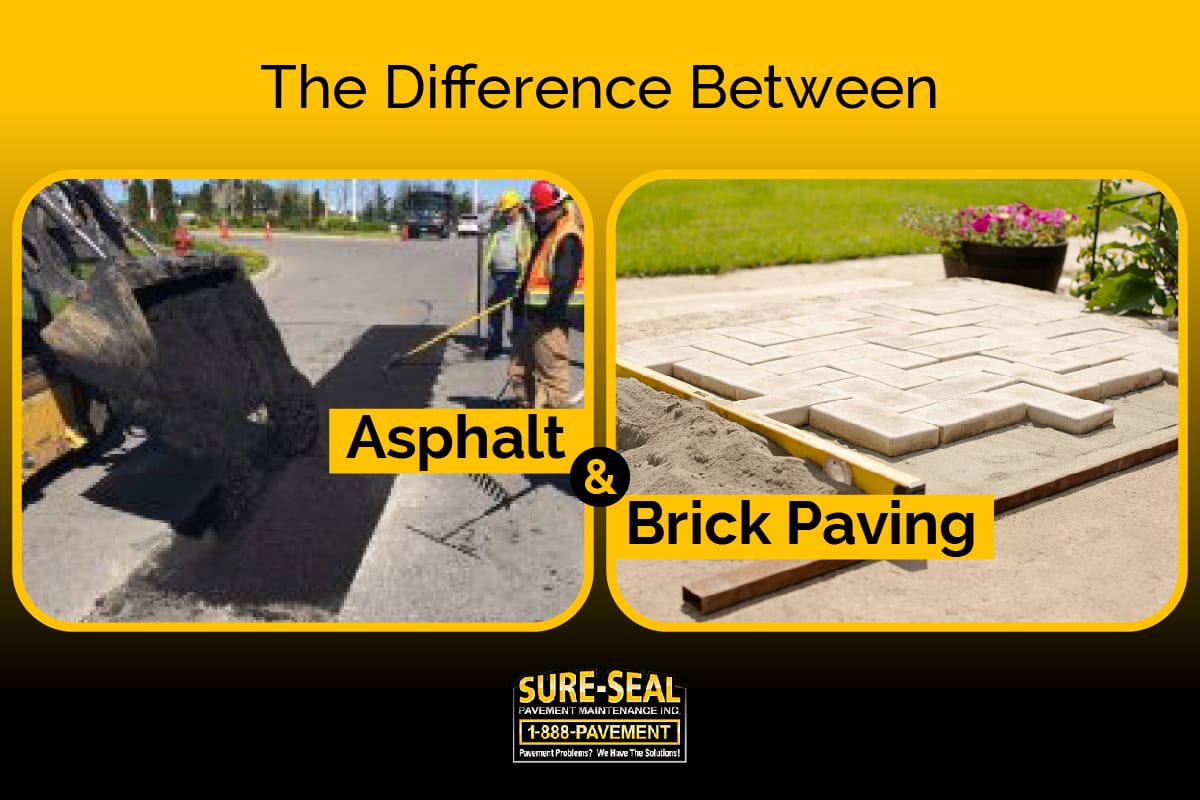
What Is Asphalt and Brick Paving?
Asphalt paving refers to the use of a mixture of bitumen and aggregates to enhance the aesthetics and functionality of a driveway or road. Bitumen, which is a by-product of crude oil, is used as the binding agent and allows a variety of aggregates to be used. These can include stones, sand, recycled concrete, and gravel particles. With brick paving, the ground base may be a layer of concrete or compacted soil. Commonly referred to as block paving, pre-molded bricks or paving stones made of fired or sun-dried clay, or concrete, are used to create the driving surface. Bricks are available in a variety of colours, shapes, and sizes to artistically design a unique patterned driveway.Asphalt Vs Brick Paving
| Differences | Asphalt Paving | Brick Paving |
| Cost | Less expensive for material and labour | More expensive for both material and labour |
| Lifespan | 15 to 20 years with maintenance every three years | 20 years with regular maintenance |
| Quality | Durable | Prone to shifting |
| Installation Time | One day | Several days |
| Advantages | Safe Smooth Cost-Effective Quiet Environmentally friendly Attractive Durable Reduces runoff 100% recyclable | Environmentally friendly Weather-resistant Attractive Stain-resistant Available in a variety of colours |
| Disadvantages | Colour fades Long curing time Edges can crumble Needs proper installation | Slick when covered in ice Expensive Requires regular maintenance Allows weeds to grow |

